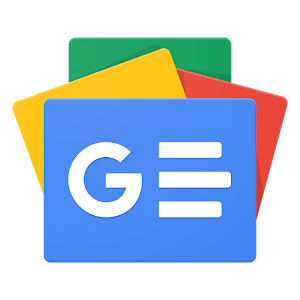Five Individuals Are Sufficient to Develop GPT-4 from the Ground Up

OpenAI Moves Beyond Compute Constraints
Sam Altman, the CEO of OpenAI, recently shared that the organization has overcome its previous compute limitations, paving the way for the development of advanced artificial intelligence (AI) models without constraints.
Collaboration with Microsoft
OpenAI has had a significant partnership with Microsoft, which invested billions and provided vast computing resources. However, reports indicated that Microsoft sometimes fell short in meeting the computing demands necessary for OpenAI’s advanced projects. This prompted some concern within OpenAI about competing firms potentially achieving Artificial General Intelligence (AGI) ahead of them, leading to a situation where they could blame Microsoft for any delays.
To counteract these limitations, OpenAI adjusted its agreement with Microsoft after announcing a massive $500 billion initiative to construct data centers across the U.S. This expansion is aimed at enhancing its AI development capabilities.
Shifting Partnerships and Funding
As OpenAI refined its partnership with Microsoft, it also began collaborating more closely with SoftBank, a major player in its latest funding round that raised $40 billion. This shift allowed OpenAI to boost its valuation to around $300 billion while loosening its ties with Microsoft as its primary cloud provider.
The Development of GPT-4 and Future Models
Simplifying the Development Process
OpenAI is on track to phase out GPT-4, introducing an upgraded model called GPT-4o within its ChatGPT platform. Users will still have access to the original GPT-4 through its application programming interface (API). Sam Altman expressed disappointment in GPT-4, describing it as "kind of sucks" compared to future potential models. He implied that users might experience even better capabilities with upcoming releases.
Interestingly, discussions among the engineers who developed GPT-4 unveiled that creating a similar model could now require only 5 to 10 people. This marks a significant reduction from the hundreds of individuals involved in the original development of GPT-4.
Innovations in AI Development
Alex Paino, a leading figure in the pretraining of GPT-4.5, mentioned that advancements in generative AI technologies have simplified complex tasks. He noted that the team trained a model similar to GPT-4 using concepts developed from the GPT-4.5 research program, resulting in a much more streamlined development process involving fewer team members.
Another OpenAI researcher, Daniel Selsam, supported Paino’s statements, highlighting the ease of replicating previous successes. He stated that awareness of existing possibilities can significantly simplify future projects, almost acting like a "cheat code" for development.
Summary of Current Developments
- Overcoming Constraints: OpenAI has moved beyond prior compute limitations thanks to enhanced infrastructure and partnerships.
- New Models: The transition from GPT-4 to GPT-4o reflects OpenAI’s commitment to advancing its AI technology.
- Team Size Reduction: The model development process has become more efficient, potentially requiring only a small team.
- Partnership Evolution: Shifts in partnerships with companies like SoftBank signal a new phase for OpenAI and its funding strategies.
These developments underscore OpenAI’s continued focus on scaling its AI capabilities while ensuring that it remains competitive in the rapidly evolving landscape of artificial intelligence technology.






